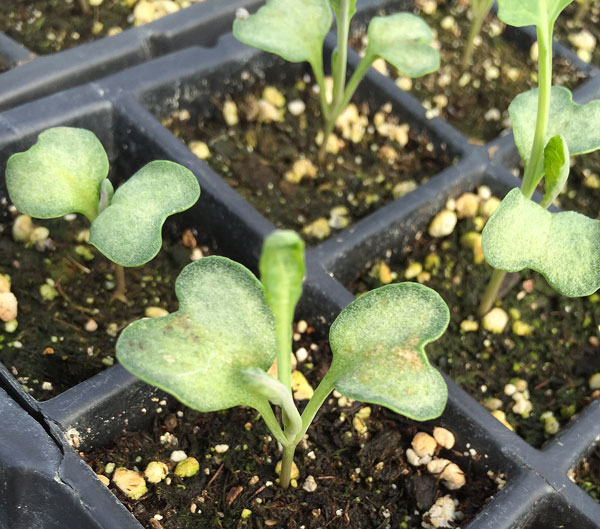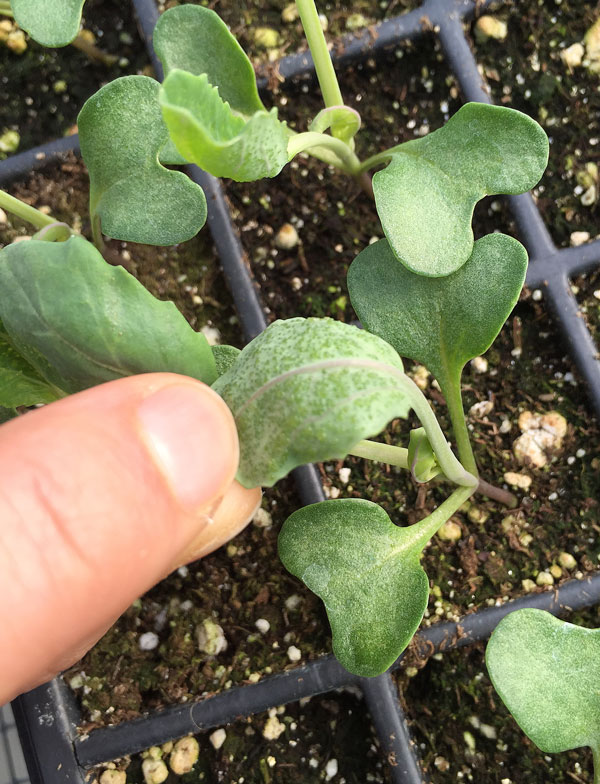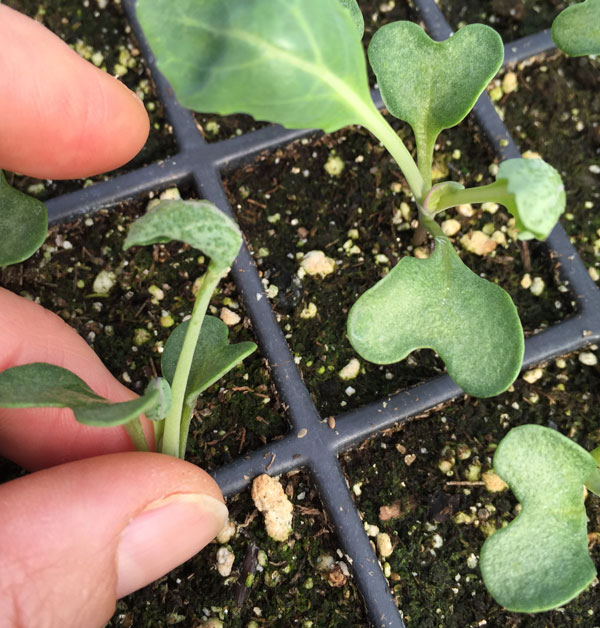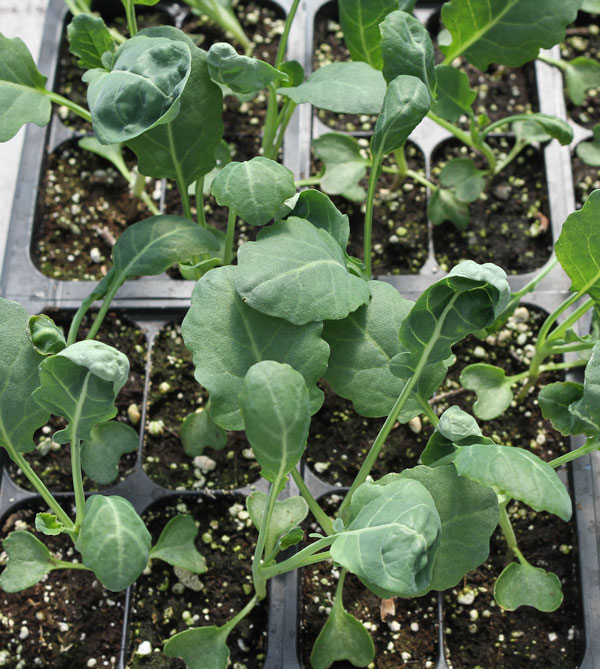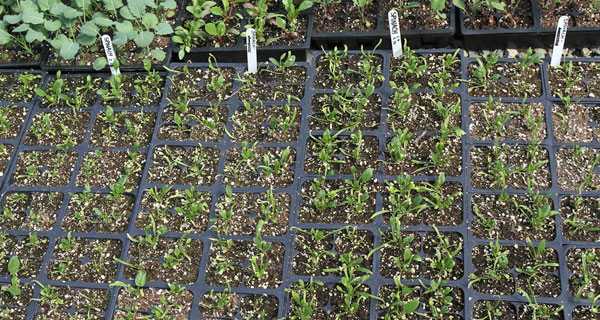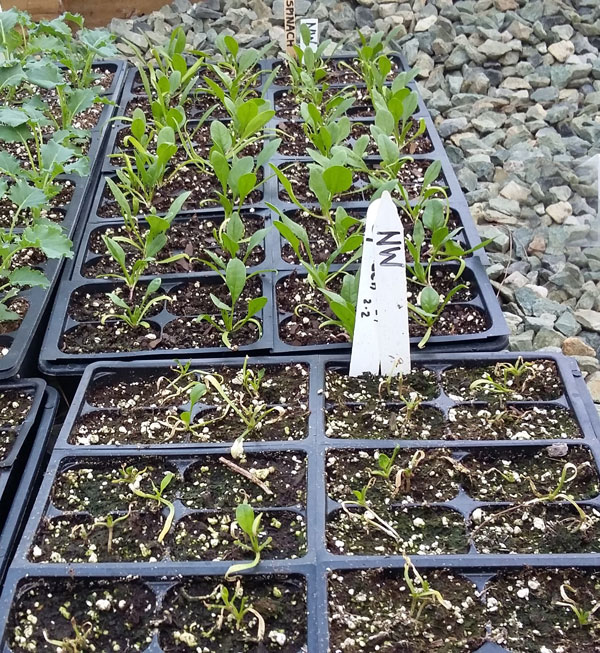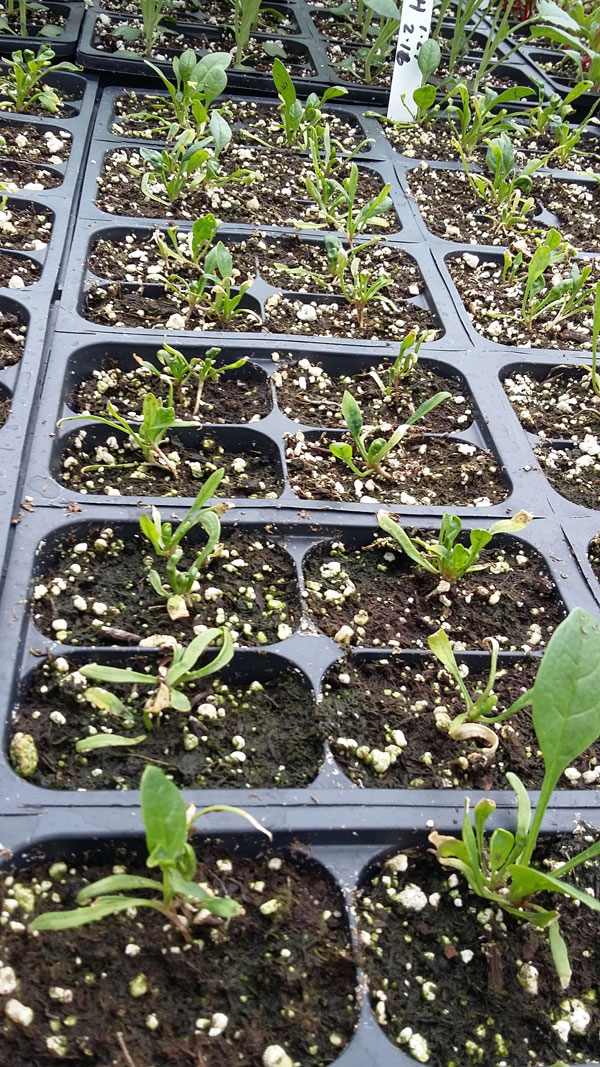Transplant Problem
go.ncsu.edu/readext?401707
en Español / em Português
El inglés es el idioma de control de esta página. En la medida en que haya algún conflicto entre la traducción al inglés y la traducción, el inglés prevalece.
Al hacer clic en el enlace de traducción se activa un servicio de traducción gratuito para convertir la página al español. Al igual que con cualquier traducción por Internet, la conversión no es sensible al contexto y puede que no traduzca el texto en su significado original. NC State Extension no garantiza la exactitud del texto traducido. Por favor, tenga en cuenta que algunas aplicaciones y/o servicios pueden no funcionar como se espera cuando se traducen.
Português
Inglês é o idioma de controle desta página. Na medida que haja algum conflito entre o texto original em Inglês e a tradução, o Inglês prevalece.
Ao clicar no link de tradução, um serviço gratuito de tradução será ativado para converter a página para o Português. Como em qualquer tradução pela internet, a conversão não é sensivel ao contexto e pode não ocorrer a tradução para o significado orginal. O serviço de Extensão da Carolina do Norte (NC State Extension) não garante a exatidão do texto traduzido. Por favor, observe que algumas funções ou serviços podem não funcionar como esperado após a tradução.
English
English is the controlling language of this page. To the extent there is any conflict between the English text and the translation, English controls.
Clicking on the translation link activates a free translation service to convert the page to Spanish. As with any Internet translation, the conversion is not context-sensitive and may not translate the text to its original meaning. NC State Extension does not guarantee the accuracy of the translated text. Please note that some applications and/or services may not function as expected when translated.
Collapse ▲We have two organic growers who are experiencing problems with their transplants. We don’t know if the problems are related – I don’t think they are. We would love some fresh eyes on these problems. Please read the summaries below and view the photos and let us know what you think. The problem with Grower 1 is much more serious as she lost most of her spring transplants and continues to have problems with subsequent sowings.
Grower 1
This grower lets another grower use some of her greenhouse space and they use two different media: one uses a Fafard mix + worm castings and the other uses the Sunshine mix with NO worm castings – both showed the same symptoms so we have ruled out a problem with the worm castings or soilless media
Plants affected: broccoli, cauliflower, spinach, chard, kale, cabbage, lettuce
Symptoms: leaf curl, cupped leaves, brown bumps on leaves, bleached out cotyledons, stunting, poor germination
She DID submit a sample to the PDIC and it came back abiotic.
She submitted a well water sample to a private lab and it came back fine.
Grower initially suspected that the worm castings were contaminated with herbicide residues because of the twisted, cupped leaves (and this was also suggested by the PDIC). I recommended a bioassay to check for herbicide residue in worm castings – so far the worm castings pots look better than the pots with no worm castings. And since then some of the plants have been grown in a different soilless media without worm castings and they developed the same symptoms so worm castings have been ruled out.
Then I learned she had a cracked propane heater so we suspected ethylene damage; the heater was replaced on 2-19. She planned to submit an ethylene sample but in the end just replaced the cracked heater. The problems are still occurring, even with flats sown after the heater was replaced. Ethylene can of course affect seedlings as well as germinating seeds. I talked with Sylvia Blankenship yesterday and she said there is a chance there is still an ethylene problem if the heater was not properly installed. She has seen this happen. She did think some of the problems looked like ethylene damage, especially on the brassicas. I have advised the grower to submit an ethylene test next week just to make sure that problem has been fixed.
Description from grower: problems totally widespread, we have only saved the first two plantings of lettuce, which have rebounded yet were never that bad, mild symptoms of leaf curl and bumps on the leaves. We have given up on three plantings of broccoli and cauliflower (total of 60 x 72 cell trays). The first and second plantings two weeks apart both germinated and looked fine until week 3 – first sign bleached out cotyledons, second sign curled misshaped true leaves some with bumps, others never formed true leaves and 8 weeks later still at cotyledon stage, totally stunted. Third planting just barely germinated, some not at all, and stayed stunted for a month now at tiny just above soil cotyledons. I associated this difference with maybe the weather and when and how much the heater was running. I think the third planting was germinating when we had the 10 degree weather and thus lots of heater all night long and during the days too. Two plantings of chard a month apart, most didn’t germinate or what did instantly turned brown and withered. It seemed the most sensitive. The spinach looked okay then week three or so turned a brownish white at the tips with lots of curled true leaves and stunted. Kale and cabbage same as broccoli and cauliflower. We have kept one tray of broccoli and one of chard from the first planting which was 1/5. They have looked the same since the beginning of February. Some of the younger lettuce looks messed up, again, I think by the date it is the stuff that was germinating and just coming up during the 10 degree weather, it doesn’t seem to be able to pull out of it like the first two. I did have some trays from the first cabbage that were drastically different, one tray would be totally stunted at the cotyledon stage, and the one next to it would have all made it to true leaves yet curled and deformed.
In mid-February, the grower who shares the greenhouse space sent one flat of collards to a friend’s greenhouse for three weeks and kept one in the greenhouse. Both looked the same at the beginning. The one sent away came back a couple of days ago and looked great, while the one that stayed behind still doesn’t look good. This points to an environmental problem such as ethylene in the greenhouse. I mentioned she might want to do this again because now there is a new heater. The main thing steering me away from thinking the problem is ethylene (besides the fact that the cracked heater was replaced three weeks ago) is this: there is one photo (below) of side-by-side cabbage flats (same variety, planted on the same day) and if it was ethylene damage the same variety in the same spot in the greenhouse should have been affected equally.

These cabbage flats (below) were sown at the same time. Same variety. The one flat that is larger does have the leaf curl and distortion you just can’t see it from this far away in the picture. If there was an ethylene problem in the greenhouse these should have been equally affected.
Symptoms on other brassica seedlings:
From the grower: the old heater was replaced on 2/19. I switched to Sunshine soilless mix and sowed lettuce and spinach 2/9, 2/16, 2/23, 3/2. The 2/9 planting of lettuce took 2 weeks to germinate, and is the funky looking stuff in the pictures below. It was sown just a bit before the really cold snap we had so must have had the heater going all night and during the day. Neither of the chard plantings ever really germinated. And finally the 2/23 planting is at the cotyledon stage, and I think showing some signs of cupped leaves in a few, the tiny true leaves are barely poking out..
Photos below are of lettuce showing distortion of true leaves. These plants have brown roots and are dying back.
All in all we have lost ALL of our spring greenhouse crops except or two plantings of lettuce.
Grower 2
Fafard germinating mix in plug trays for seeding and Sunshine mix + worm castings in 4 packs
Symptoms showing up 2-3 weeks after being planted in 4-packs
Plants affected: cauliflower, broccoli, cabbage, spinach, chard, tomato
About 10-15% of his plants are affected, much less than Grower 1 who lost most of her crop.
Symptoms: cupped leaves, stunting, low germination, die-back (spinach), chlorosis (tomato)
He has submitted samples to the PDIC to check for disease (we don’t suspect disease but want to rule it out) – awaiting results.
He is submitting a soilless media sample with the worm castings mixed in as a diagnostic sample to the NCDA (awaiting results).
The worm castings analysis showed that they are lower than usual in nutrients so I wondered if some of his issues may be nutritional since he has not provided any other fertilizer for his transplants (I also recommended he consider doing a tissue sample in addition to an analysis of the soilless medium). But since the problems are so spotty and not uniform (one flat affected while the one next to it of the same crop is not) this is not likely the case.



